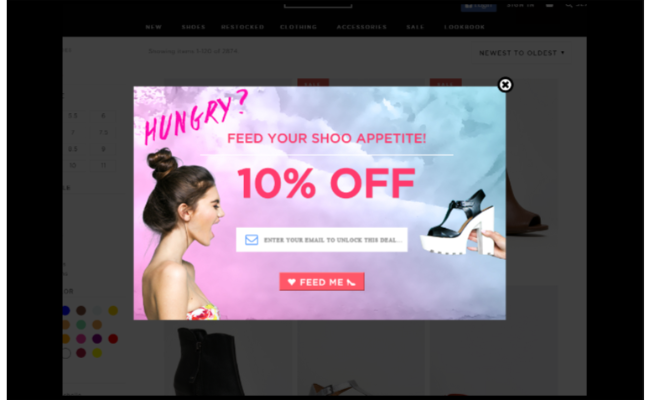
Pop under ads are a distinctive format in digital advertising that appear behind the user’s active browser window and become visible only when the user closes or minimizes their current window. While this format can be effective for capturing attention and driving traffic, it also has implications for user experience. Understanding these impacts is crucial for balancing effective advertising with maintaining a positive user experience. Here’s a look at how pop under ads affect user experience and how to manage their impact.
1. Understanding Pop Under Ads
What Are Pop Under Ads?
Ad Format: Pop under ads open in a new browser window behind the active window. Unlike pop-up ads that appear on top of the current window, pop under ads are less intrusive initially but become visible later.
Visibility: These ads become visible only after the user closes or minimizes their active window, often catching the user’s attention at a later stage.
Why Use Pop Under Ads?
Engagement Potential: Pop under ads can potentially reach users who are more likely to engage after finishing their current task or browsing session.
Reduced Intrusiveness: Compared to pop-up ads, pop under ads are considered less intrusive as they do not disrupt the user’s immediate browsing experience.

The Impact of Pop Under Ads on User Experience
2. Impact on User Experience
Positive Aspects
Less Immediate Disruption: Pop under ads do not interrupt the user’s current activity, making them less disruptive compared to pop-ups or interstitials.
Potential for Increased Visibility: Users may notice and engage with pop under ads after completing their primary tasks or browsing session.
Negative Aspects
Delayed Visibility: Since pop under ads only appear after the user closes or minimizes their window, they might be perceived as unexpected or intrusive by some users.
User Frustration: Users might find pop under ads annoying or intrusive, especially if they frequently encounter them or if the ads are not relevant to their interests.
Ad Fatigue: Repeated exposure to pop under ads can lead to ad fatigue, reducing their effectiveness and potentially causing users to avoid sites that use them.
3. Balancing Advertising and User Experience
Implementing Best Practices
User-Centric Design: Design pop under ads to be engaging and relevant, ensuring they offer clear value to users.
- Relevance: Ensure the ad content aligns with the user’s interests and browsing behavior.
- Clear Messaging: Use clear and concise messaging that conveys the value of the ad without being misleading.
Frequency Control: Manage the frequency of pop under ads to avoid overwhelming users.
- Frequency Capping: Implement frequency capping to limit how often users see the same ad.
- Ad Rotation: Rotate different ads to keep content fresh and engaging.
Enhancing User Experience
Timing and Placement: Consider the timing and placement of pop under ads to minimize disruption and maximize relevance.
- Contextual Timing: Display ads at moments when users are likely to be receptive, such as after completing a task or browsing session.
- Non-Intrusive Timing: Avoid displaying ads immediately upon site entry to prevent immediate frustration.
User Control: Provide users with options to manage their ad experience.
- Opt-Out Options: Offer users the ability to opt out of certain types of ads or adjust their ad preferences.
- Feedback Mechanisms: Implement feedback mechanisms to gather user opinions on ad experience and make necessary adjustments.
4. Measuring and Analyzing Impact
Track Key Metrics
User Engagement: Monitor metrics such as click-through rates (CTR) and conversion rates to assess the effectiveness of pop under ads.
- Engagement Data: Analyze user engagement data to determine how well the ads are driving traffic and conversions.
User Feedback: Collect and analyze user feedback to understand their experience with pop under ads.
- Surveys and Reviews: Use surveys and user reviews to gather insights on how pop under ads are perceived and any issues encountered.
Adjust Based on Insights
Optimize Ad Strategies: Use performance data and user feedback to refine your ad strategies and improve the user experience.
- Ad Optimization: Adjust ad content, design, and targeting based on insights to enhance effectiveness and user satisfaction.
- Experience Improvement: Continuously improve the user experience by addressing any negative feedback and optimizing ad delivery.
Conclusion
Pop under ads can be a valuable tool in digital advertising, offering potential benefits in terms of visibility and engagement. However, their impact on user experience can vary, with potential negative aspects such as delayed visibility and user frustration. By implementing best practices, enhancing user experience, and continuously monitoring performance, you can effectively balance advertising goals with a positive user experience. Understanding and managing the impact of pop under ads will help you achieve better results while maintaining user satisfaction.
